68% of primary energy imports to US in 2018 was crude oil; 48% of US energy exports were petroleum products
Green Car Congress
FEBRUARY 18, 2020
The majority (69%) of primary energy imported into the United States in 2018 was crude oil, with petroleum products and natural gas also having significant shares, according to the US Energy Information Administration (EIA). Small amounts of biofuels, electricity, and coal were also imported. type jet fuel, kerosene?type

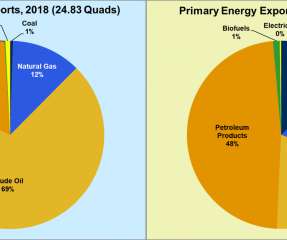
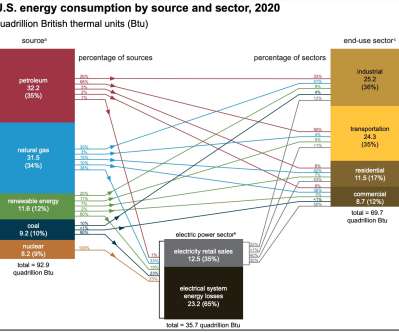




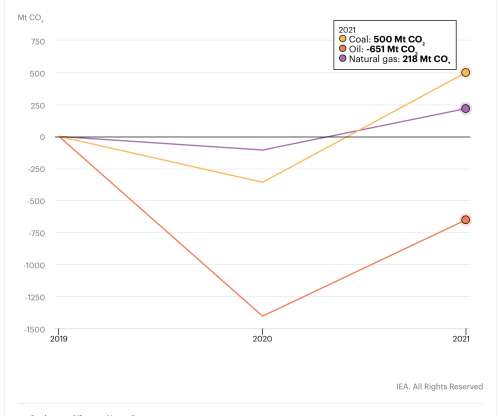
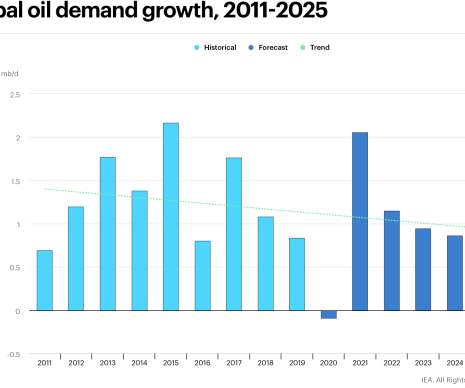



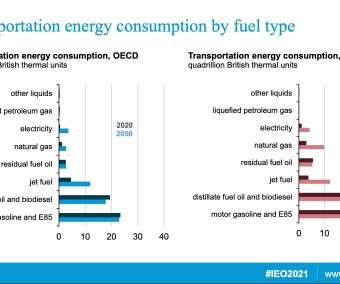

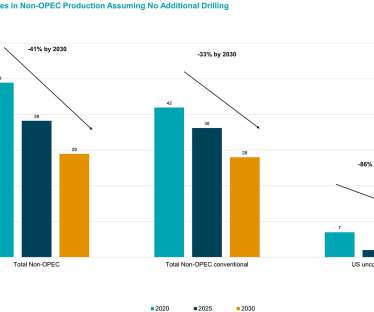



























Let's personalize your content